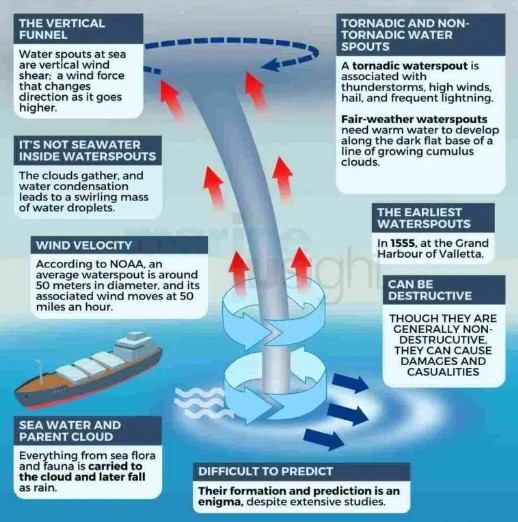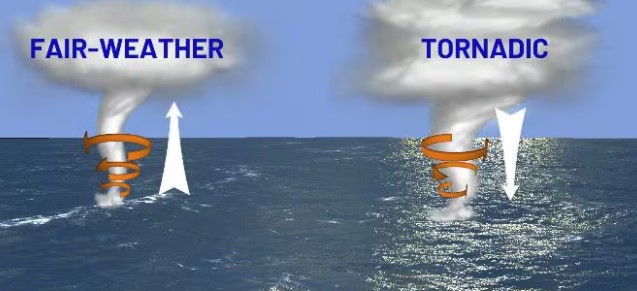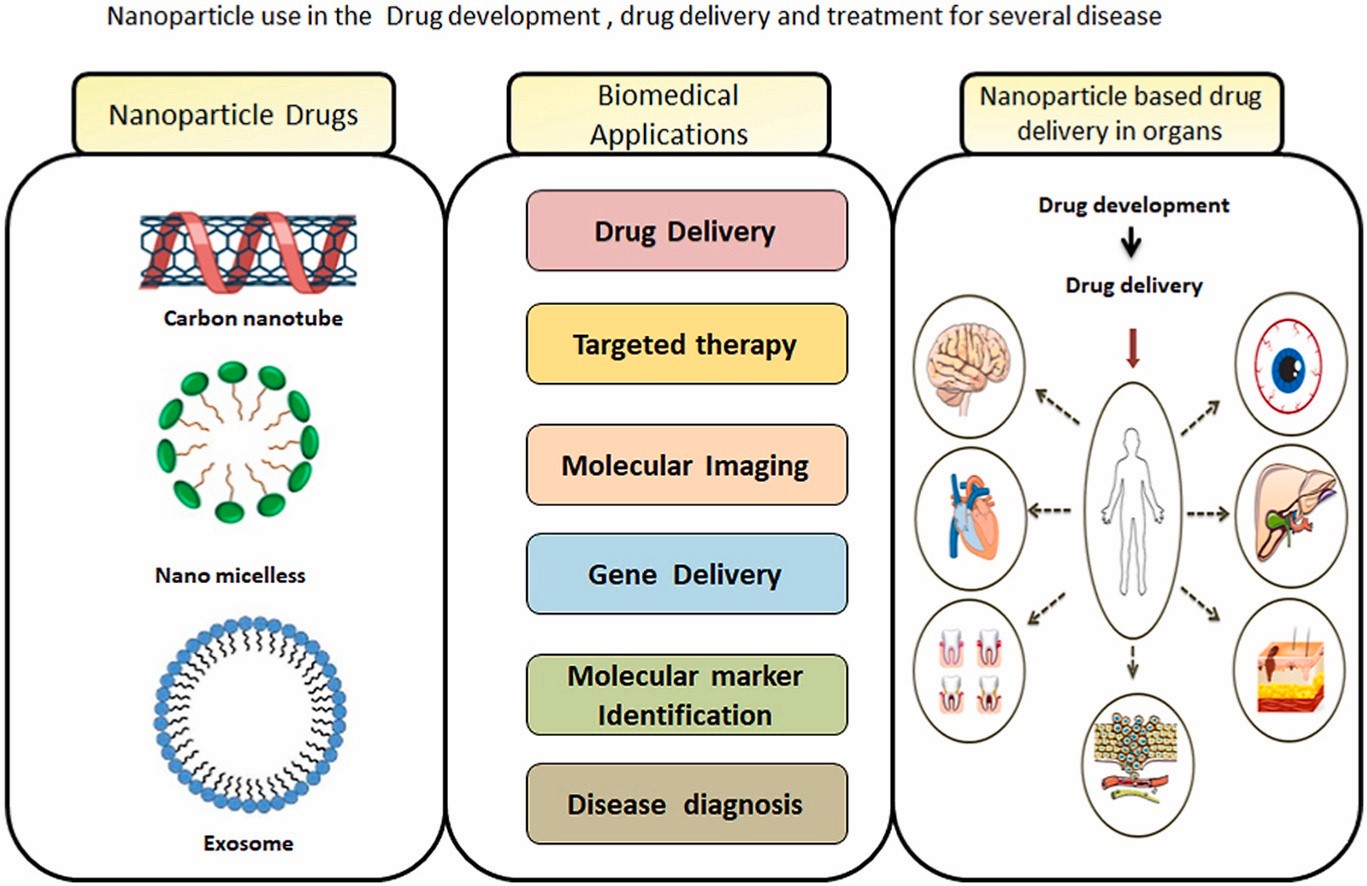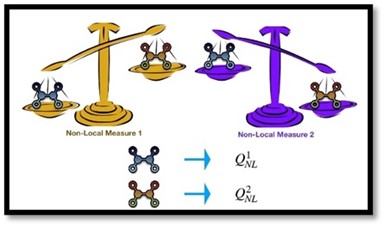A luxury yacht in Mediterranean Sea was hit and sank by a violent storm, could be a waterspout off the coast of Sicily, Italy.


References
Recently, India and Japan held the 3rd edition of the "2+2" Foreign and Defence Ministerial Dialogue.
Key Outcomes of the meeting
India holds ministerial-level dialogues with only a few countries, including the United States, Australia, and Russia.
|
ASEAN Outlook on the Indo-Pacific (AOIP) |
|
References
Recently, scientists at Agharkar Research Institute (ARI) under the Department of Science & Technology (DST) have developed a nanoparticle-based drug delivery system.
Aspergillus fumigatus is a species of fungus in the genus Aspergillus and is one of the most common Aspergillus species to cause disease in individuals with immunodeficiency.

Reference
PIB | Nanoparticle-based drug delivery system
Quantum nonlocality
Recent research has revealed that it is impossible to create a universal standard for measuring non-local quantum correlations, a key finding in quantum mechanics.

References
The NFRA is set to meet with key financial regulators to adopt the revised International Standard of Audit 600 (ISA 600).
NFRA
|
Aspect |
Explanation |
|
Establishment |
|
|
Purpose |
|
|
Jurisdiction |
|
|
Composition |
|
|
Functions |
|
|
Significance |
|
|
Recent Activities |
|
ISA 600
|
Aspect |
Explanation |
|
Aim |
|
|
Objectives of ISA 600 |
|
|
Audit Lapses and Malfeasance |
|
|
Legal Framework |
|
References